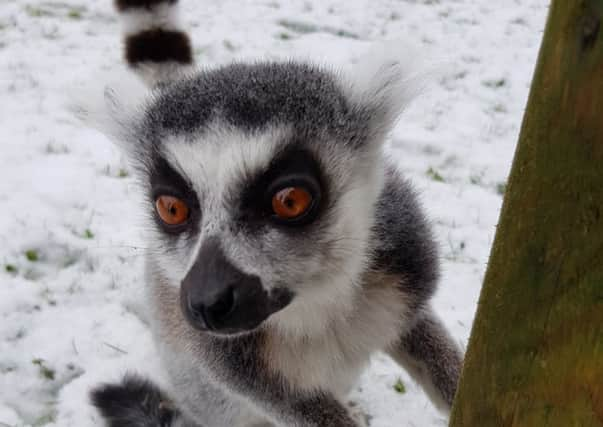The View from the Zoo column with James Coleman


Here at Flamingo Land we have a troop of 14 females lead by our oldest and most dominant female – Ruth.
They are very confident and will probably join you on the path while you view their exhibit with lots of trees and climbing frames for them to enjoy.
Advertisement
Hide AdAdvertisement
Hide AdThey also have a lovely warm house to stay in too if it gets too chilly this time of year!
The walkthrough is open from noon to 2.10pm but you will still be able to see them from the outside as well.
This species is very easy to distinguish, with its grey/brown fur on its back, white fronts, black eyes, and black and white banded tail.
It is generally quite active during the day time, however when sleeping they will often curl up into a ball, wrapping its tail around itself.
Advertisement
Hide AdAdvertisement
Hide AdGroup sizes can reach up to 25 individuals with the females being the dominant one of the sexes.
One alpha female will be in charge, with the other individuals following in a hierarchy.
These lemurs are sun worshipers – they will happily spend large amounts of time sitting with their limbs spread out absorbing the rays from the sun.
They also scent mark either with their anal glands (females) or their wrists (males).
Advertisement
Hide AdAdvertisement
Hide AdMales will rub their tails with their scent and waft it towards the females to attract a mate.
After mating, the female will be pregnant for 130-144 days and will give birth to one infant, or sometimes twins.
In can then live to be around 15 years old however in captivity some have lived into their late 20s!
This species has many human threats in the wild such as habitat loss, hunted for food, capture for the pet trade and charcoal production.
It is also at risk of being predated upon by the fossa (the largest predator on the island) and birds of prey.